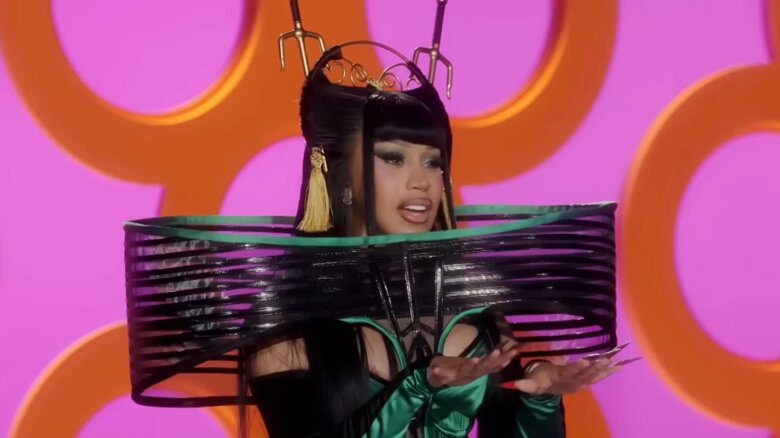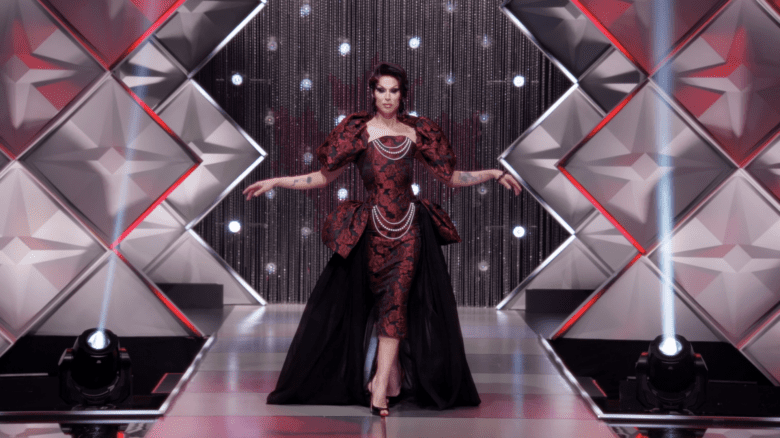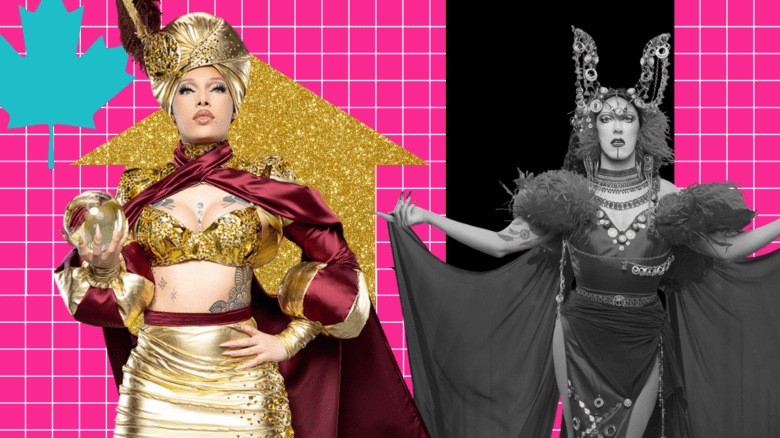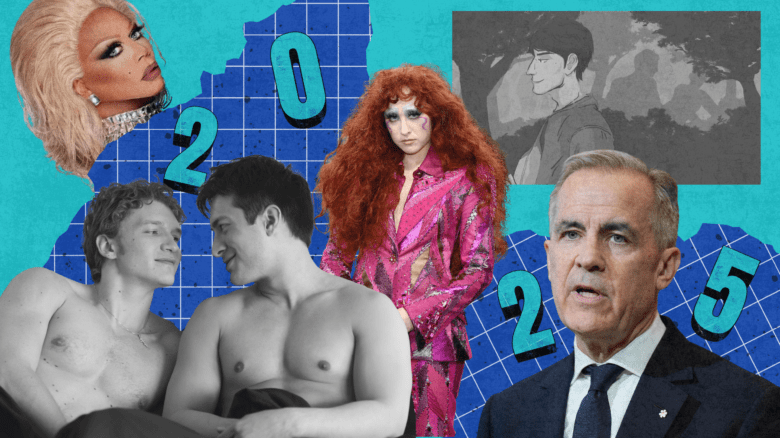Some performers seek approval by wooing an audience; others attempt to gain popularity by being offensive. Scott Thompson and co-writer Paul Bellini would have us believe they’ve chosen the second option: The program notes for The Lowest Show On Earth invite the audience to “Say goodbye to good taste and hello to unimaginable depravity.”
But little here is depraved, and less is unimaginable. Undecided what approach he should take to making New Yorker Theatre patrons sorry they came, Scott Thompson asks for approval the minute he steps into The Lowest Show On Earth with the words, “Hello, how do I look?”
So begins the never-fulfilled promise to offend. The show’s machinery is straightforward: The comedian delivers a monologue, then changes with his back to the audience and takes the shape of another character, over and over, with no intermission. Gaps in the live action are filled by a sometimes amusing mock talk-radio show in which racist announcers say “bitch” a lot.
Some of Thompson’s transformations are striking, and the comedian delivers a fairly consistent quota of laughs-per-skit. On the downside, he appears to be working hard and not enjoying himself very much.
The tone is best described as naughty or cute; references to people whose fetish is dressing up as plushies mark the frontiers of the evening’s transgressiveness. A few skits do stray outside the bounds of good taste: In one of the funnier sections, a “grief counsellor” hauls a spectator up on stage and bombards him with therapy for sexual abuse that is itself abusive.
With school shootings a recurring theme, Thompson delivers a psychological thumbnail of a vice-principal and anger-management expert named Daniel Husk. A compound of rage and helplessness, he represents the most interesting of Thompson’s new characters.
The homo experience gets no such attention, straights outnumbering gays in this show by a greater ratio than on the streets of downtown Toronto.
Several of Thompson’s Kids In The Hall characters resurface, with underwhelming results. Francesca Fiori sings a song and runs down into the crowd to kiss selected audience members. Queen Elizabeth II sniffs feces and talks about barebacking in a monologue that suggests it may be time to throw in the tiara.
Buddy Cole’s martini glass has been on stage from the beginning, anticipating the finale where Buddy introduces himself to the anatomy of a naked woman. The imaginative storytelling that made Buddy memorable, however, is missing from this overlong segment.
If Thompson really wants to shock, he might try injecting more relevance or depth into this somewhat flat evening. At the end of the day, seeking approval is one of the surest ways of not getting it.
The show closed Feb 3.
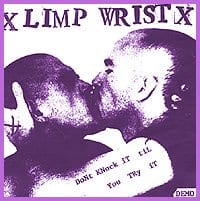
 Why you can trust Xtra
Why you can trust Xtra